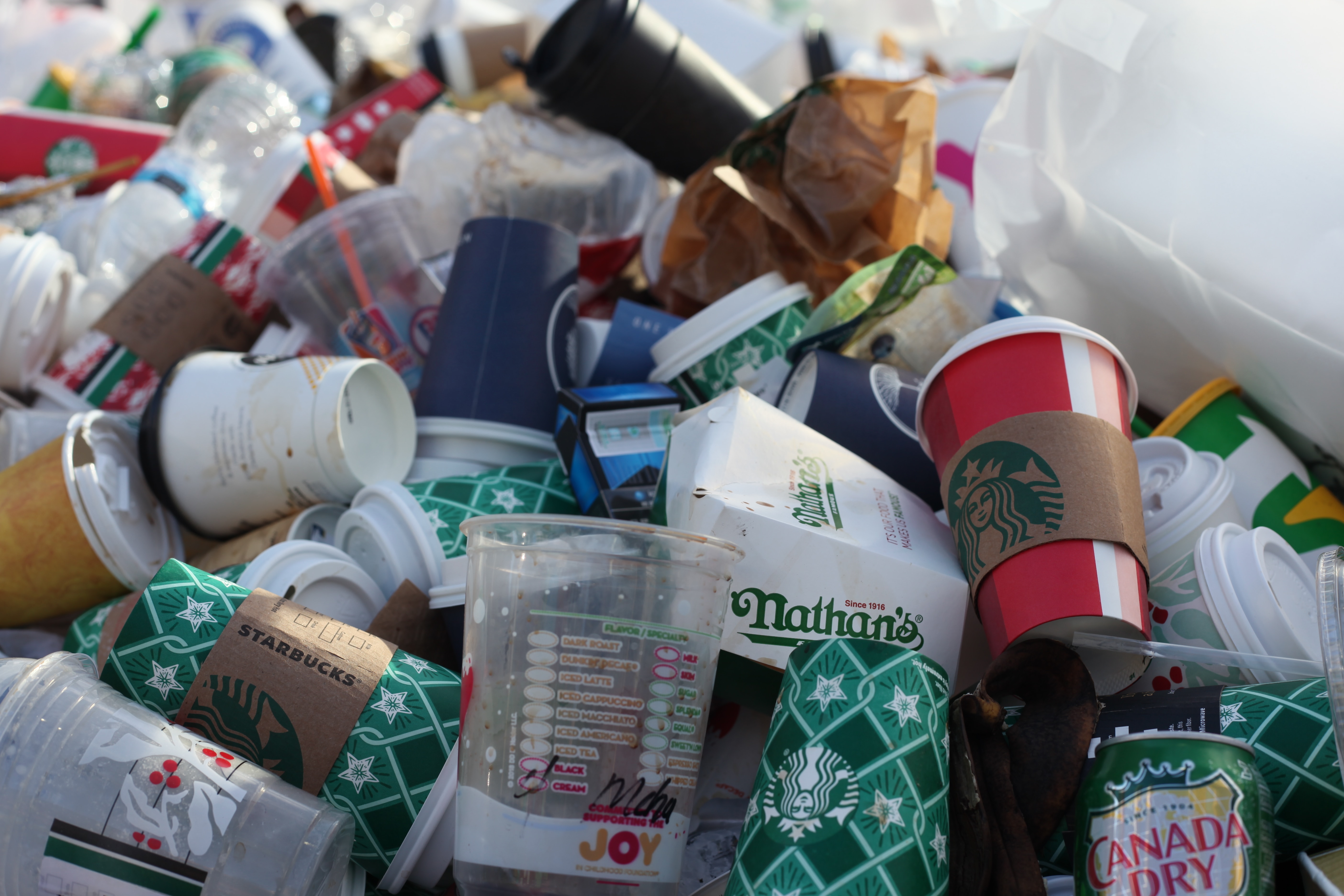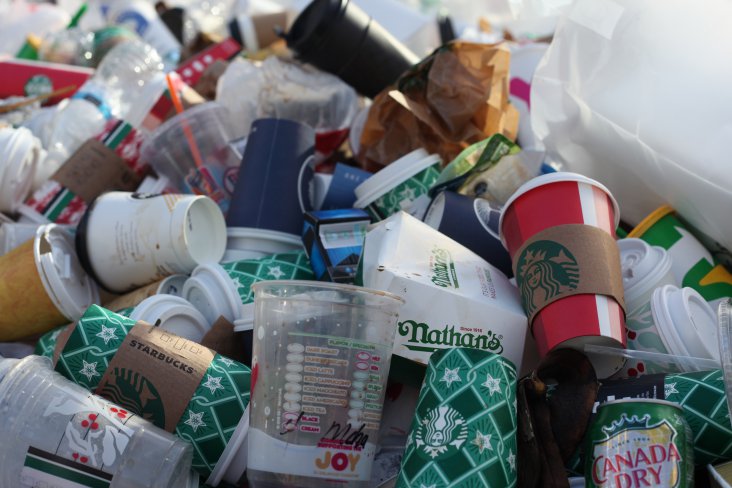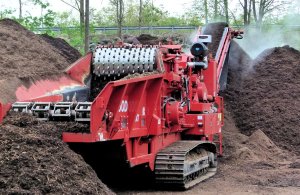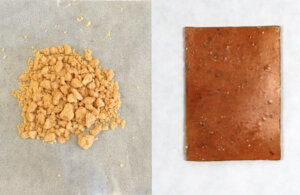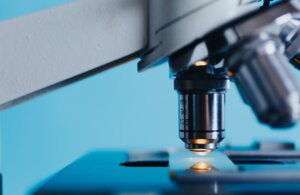(Credit: Jasmin Sessler on Unsplash)
An article on Inhabitat.com helps with a handy guide on different types of plastic and how they impact the planet and your health.
Fast facts about our plastic problem
According to Earth Day, here are some stats that give you an idea of the scale of our plastic addiction.
- Since its invention in the 1950s, over 9 billion tons of plastic have been produced.
- Ninety-one percent of all plastics are not recycled, meaning almost all plastic ever produced is piled up in our landfills and oceans.
- Americans use 100 billion plastic bags every year. If you tie all these bags together, they reach around the Earth 773 times.
- By 2050, there will be more pounds of plastic in the ocean than fish.
- There are more microplastics in the ocean than stars in the Milky Way. What are microplastics?
Types of plastic: what the terms mean, where you find them and how they impact health
Courtesy of National Geographic and Waste4Change, below are terms commonly used by manufacturers and health advisers.
Additives
Additives are chemicals added to plastic to enhance certain qualities. For example, they might make the material stronger, more flexible, fire-resistant or UV inhibitive. Depending on what is added to the plastic, these substances can be toxic to your health.
Biodegradable
This term means that a material can break down into natural substances through decomposition within a reasonable amount of time. Plastic does not biodegrade, so the term is misleading and still means that the substance may leave toxic residue behind. In fact, some states are now banning this term in relation to plastic.
Bioplastic
Bioplastic is a broad term for all types of plastic, including both petroleum and biological-based products. It does not mean that a plastic is non-toxic, made from safe or natural sources or non-fossil-fuel-based. This term can be misleading, because many consumers assume “bio” means natural and therefore healthy.
Bisphenol-A (BPA)
BPA is a toxic industrial chemical that can be found in plastic containers and in the coating of cans, among other uses. It can leach into foods and liquids. BPA-free products have merely replaced the substance with less-toxic bisphenol-S or bisphenol-F, both of which still pose health concerns.
Compostable
This term means something can break down or degrade into natural materials within a composting system, typically through decomposition by microorganisms. Some new plastics are labeled as compostable; however, this certification mostly requires industrial composting systems, not your garden compost pile. Compostable plastics do not leave behind toxic residue after they decompose, but they must be separated out for industrial composting and not put in recycle or landfill bins. Some major cities like New York, San Francisco, Seattle and Minneapolis have industrial composting programs, but many do not.
Ghost nets/fishing gear
Approximately 640,000 tons of fishing gear are abandoned, lost or discarded in the ocean every year. Most of this equipment is made from plastic, including nets, buoys, traps and lines, and all of it endangers marine life.
High-Density Polyethylene (HDPE)
HDPE is thick plastic used in bags, containers and bottles. It is safer and more stable that other plastics for food and drinks and can be recycled.
Microplastics
Microplastics are particles less than 5 millimeters long. There are two types:
Primary: resin pellets melted down to make plastic or microbeads used in cosmetics and soaps
Secondary: particles that result from larger pieces of plastic (such as fabrics and bottles) breaking down into millions of tiny particles that can enter air and water
Ocean garbage patches
Specific ocean currents carry litter thousands of miles and cause it to collect in certain areas known as garbage patches. The largest patch in the world spans a million square miles of ocean and is mostly made up of plastics.
Polyethylene terephthalate (PET, PETE)
Polyethylene terephthalate is a widely used plastic that is clear, strong and lightweight. It does not wrinkle and is typically used in food containers and fabrics. It is the most likely to be recycled, but it is a known carcinogen, meaning it can be absorbed into liquids over time and cause cancer.
Polypropylene (PP)
PP is stiffer and more heat-resistant than other types of plastic. It is often used for hot food containers, diapers, sanitary pads and car parts. It is safer than PVC and PET but still linked to asthma and hormone issues.
Polystyrene (Styrofoam)
Typically used in food containers and helmets, this material does not recycle well and can leach styrene that is toxic for the brain and nervous system.
Polyvinyl Chloride (PVC)
PVC is considered the most hazardous plastic, because it can leach chemicals like BPA, lead, mercury and cadmium that may cause cancer and disrupt hormones. It is often used in toys, cling wrap, detergent bottles, pipes and medical tubes. It usually has to be recycled into separate and more rare recycling programs.
Single-use plastic
Single-use plastic is designed to be used only once and then disposed of, such as grocery bags and packaging. Environmentalists encourage reducing your single-use plastic consumption, because after their short lifespan, these plastics pile up and pollute the Earth for centuries.
